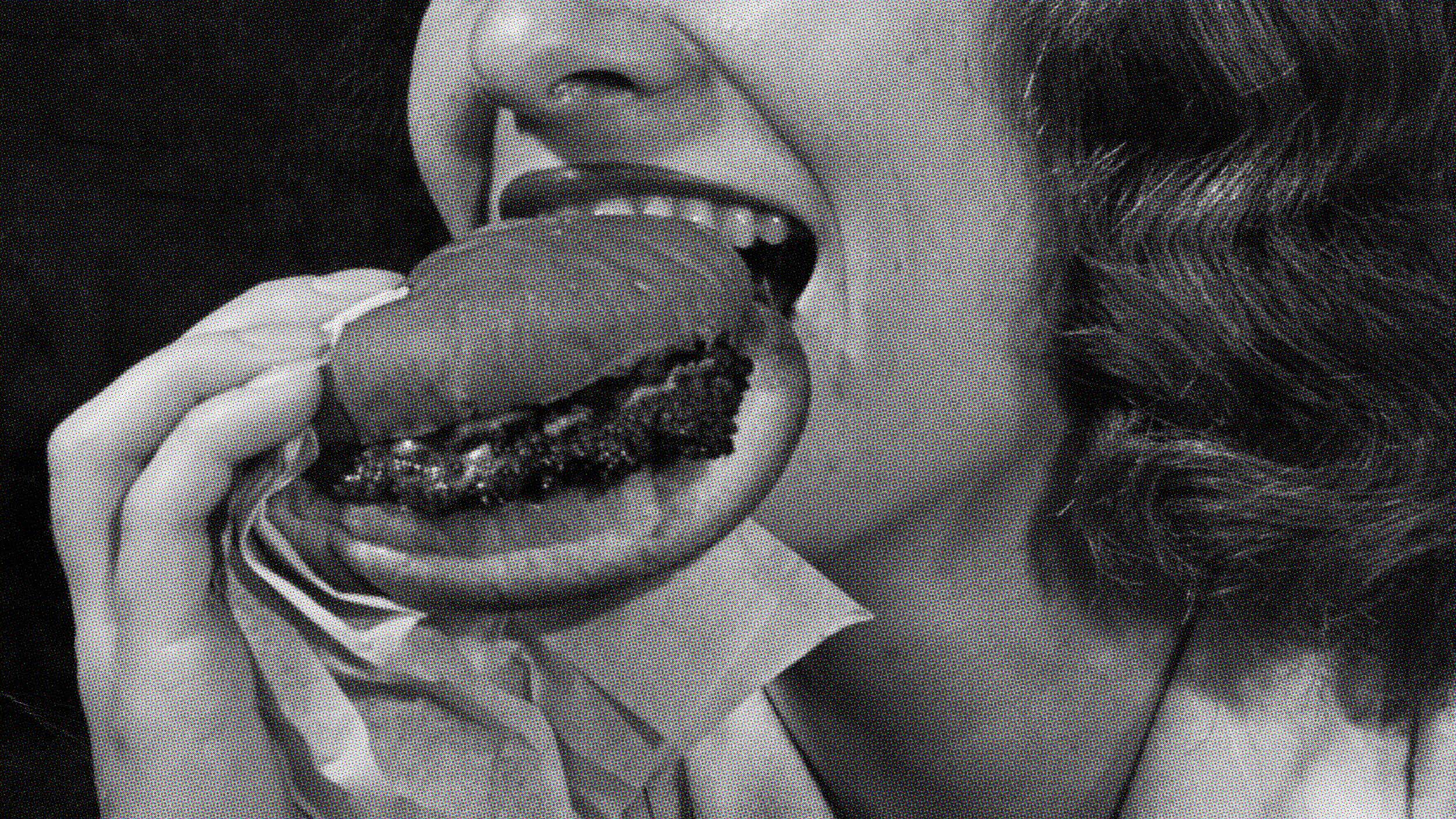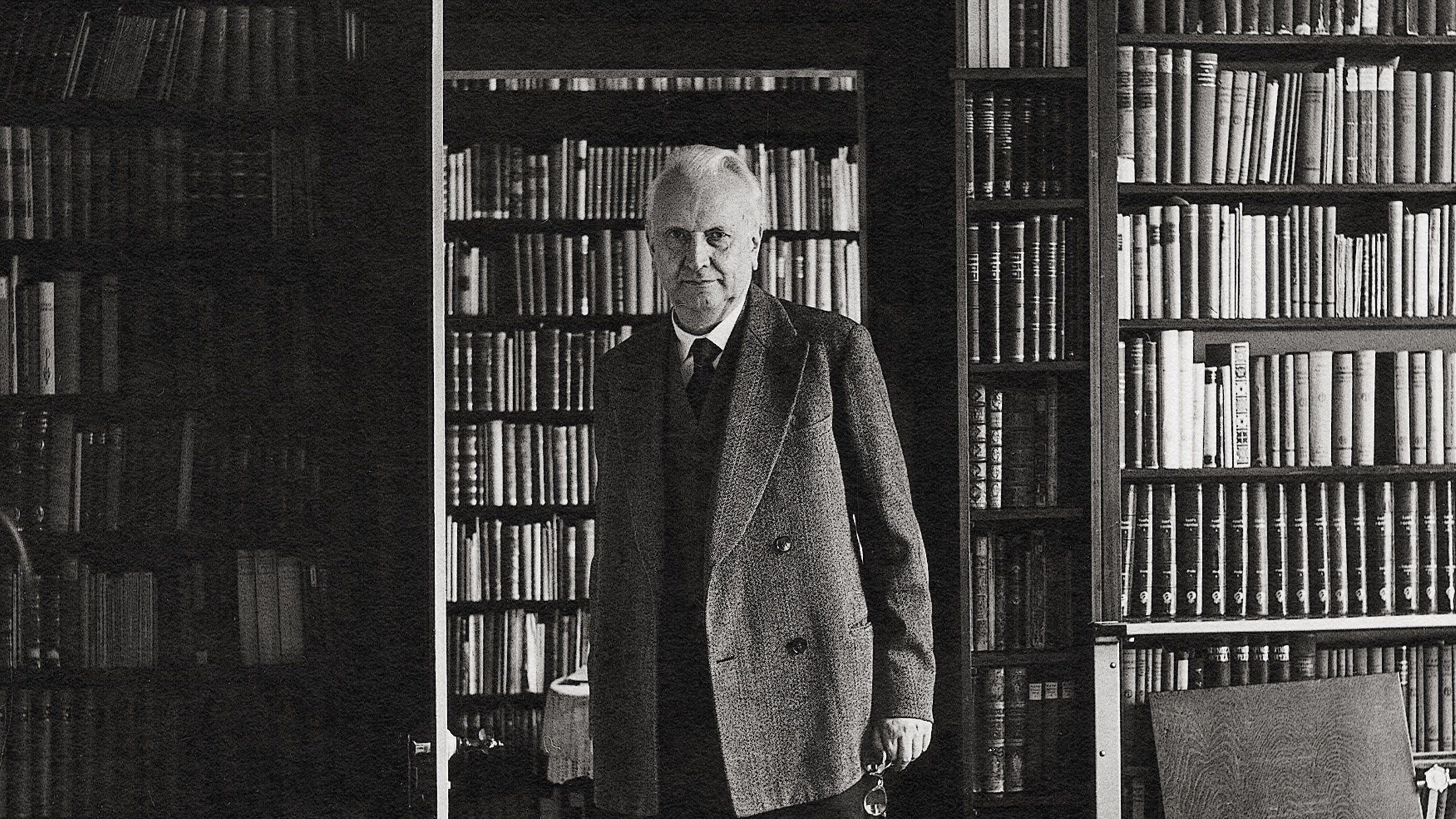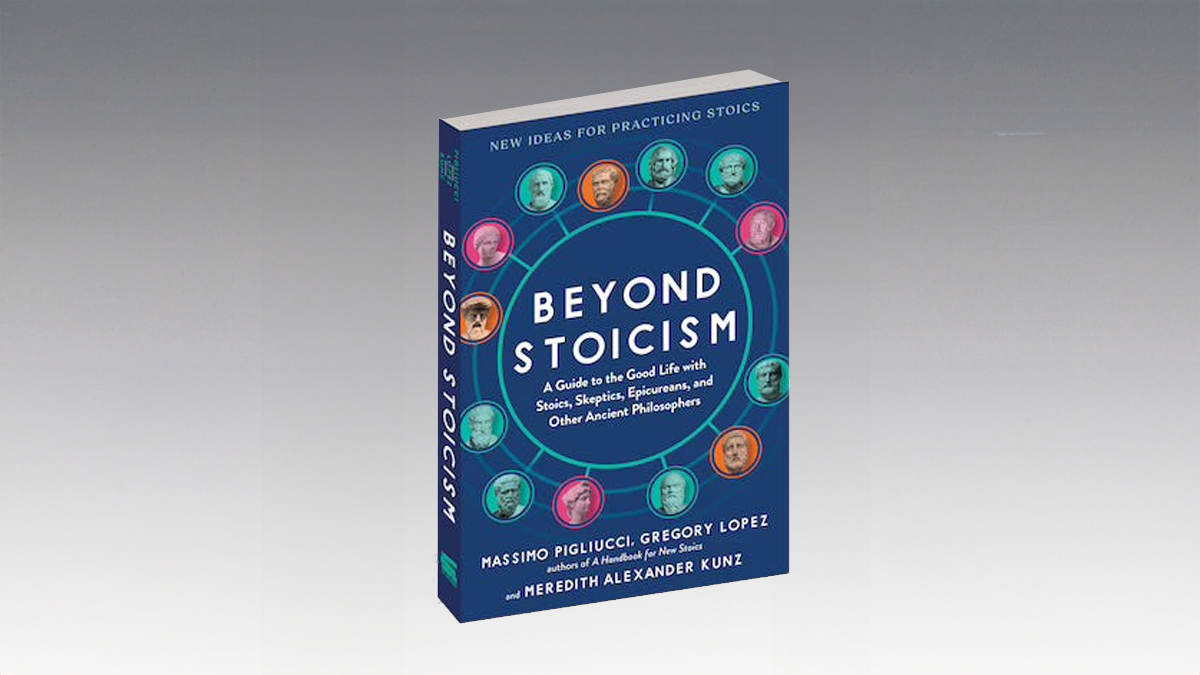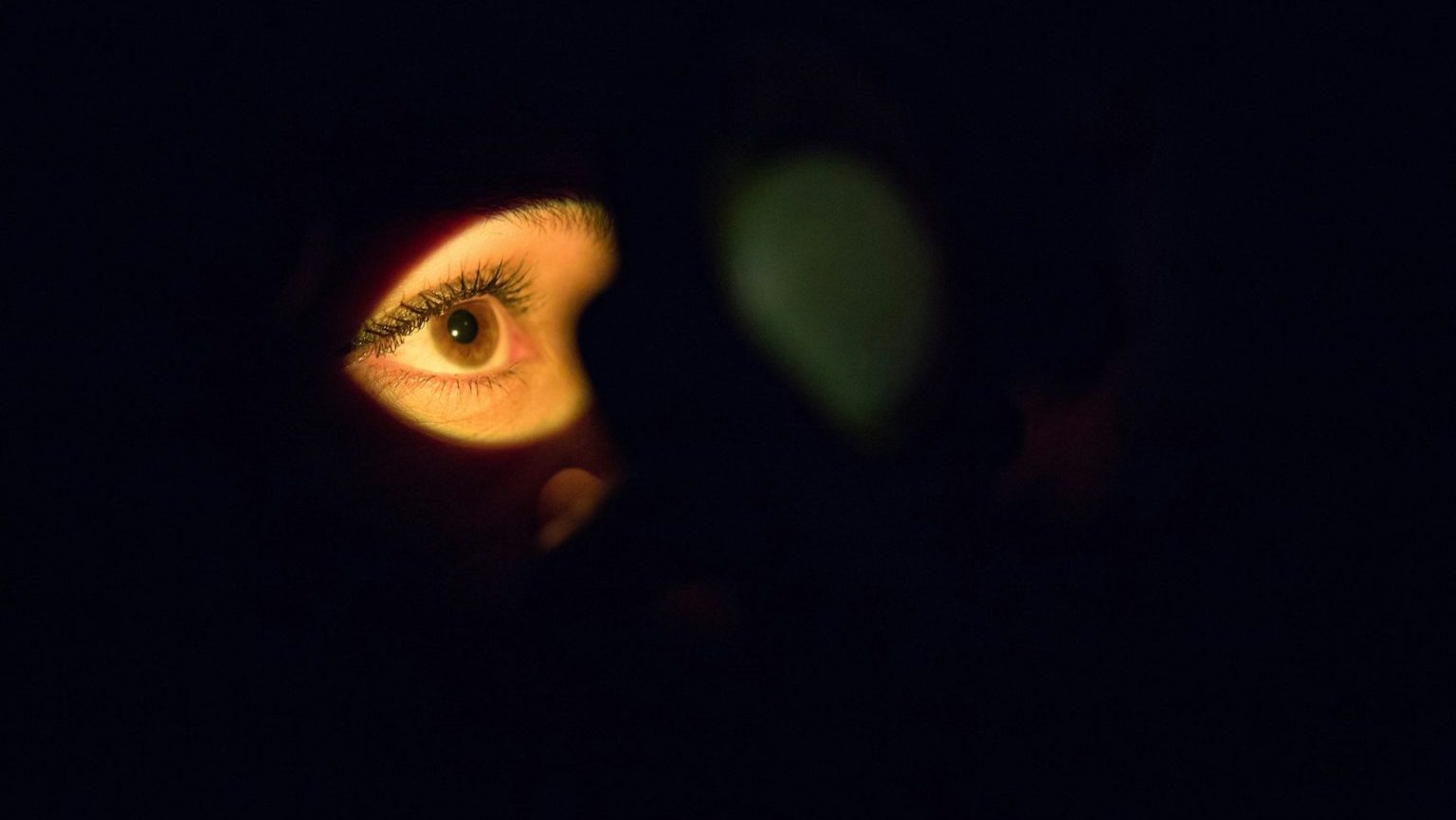In the US, they don’t let gays march, whereas in Ireland, gay people get prizes for being the most colorful group.
Question: What are the origins of St. Patrick’s Day?
Malachy McCourt: The origins of St. Patrick. It’s started with a man name Nile of the Nine Hostages, who was an Irish pirate and went about the British Isles capturing people and bringing them back and selling them as slaves. So he went to – we’re not sure whether he went to Wales where he captured this man, Patrick, and brought him back and sold him to a man named Meliuc, and Patrick was put out on the hills of County Antrim to serve as a Shepard for about four or five years. He was a teenager when he was captured. And that’s not a real name, Patrick. That was not his name. He was from a Patrician Roman family and therefore, he was known as the Patrician. So when they wanted him to empty the slop buckets of something like that, they would say, “Let the Patrician do it.” So, that’s how he got the name, Patrick.
So, anyway, I’m not sure what his affection for Ireland was a great, wonderful, poetic, literate, Pagan country, and it had Bards and Druids and the Ascendancy and he thought that they should all be converted to Christianity. So, when he escaped, subsequently, he went to France, to his Uncle’s in Martin of Tours, and then he went to Rome and he was consecrated a Bishop, and then made his way back to Ireland in 432, and ruined a perfectly good civilization.
Question: How did the celebrations for St. Patrick’s Day change over time?
Malachy McCourt: He used the shamrock, which has three leaves, as the metaphor for the trinity of that belief, God the father, God the son, God the Holy Ghost. And so he held that up, in one stem, he used that as his illustration. And of course, the Shamrock being green, it betoken the green as being something, but his own color was blue and St. Patrick’s blue is well-known.
Over the years, it was a holy day of obligation in Ireland, very little celebration. My memories of it are of a gloomy, rainy, awful day when no matter what, we had to get up an hour earlier and go to mass, and then go to school and face the same old rubbish from being hit on the head, or beaten on the hands because corporal punishment was in order at the time. And I think it still is too to a certain extent. So, it didn’t change much.
But then what happened over the years, as it became a holiday, a big holiday here, or a big celebration I should say, not a holiday. A celebration here in New York, the Irish said, “Oh, we should do something about that.” So, they decided to imitate what goes on here. Everything except that the crowds here are somewhat – not somewhat, quite, homophobic and they don’t let the gays march as a unit, as an identified unit. Whereas, in Ireland, the home of the whole bloody thing is the gay people get prizes and awards for being the most colorful group in parades. So, I think it’s amazing.
Recorded on March 10, 2010





